After each person shares their story with their partner the two switch cards. Each one then goes off to find someone else to talk with. When they meet up with a different person they will be sharing the story of the card they are holding and pointing out the person the card (story) belongs to. For example, if I have Katie's card I say, "This card belongs to Katie, she's over there (I point to Katie), the one in the blue shirt. She chose this card with a present on it because she loved Christmas time as a child - and still does." Then. my partner would do the same - point out the person who belongs to her card and then share the story. After we both share we exchange cards and go off to share the new story we are holding.
As I'm sure you can surmise, this activity is like the game Telephone. Messages have a tendency to change the more they are passed along. So, after about three minutes of exchanging stories I ask everyone to stop. Then, go find the person that is connected to the card in their possession. Have them tell the story they know about the card and find out how accurate it ends up. If there are some inaccuracies the true story can be shared between pairs. Everyone is asked to circle up after they get their card/story, back.
Powerful Lesson I'm sure it's obvious to you what major lesson can be drawn from information that changes as it's passed from person-to-person (e.g., gossip) - basically, you might not be able to believe all that you hear because of this dynamic. For me, there is a more powerful lesson from this direct experience. I end up asking the question, "Did anyone check with the person that told the original story about a card you received?" Everyone was milling around in close proximity to each other. It would be easy to check with anyone in the group. So, why didn't we do this? (And, why don't we do this in our everyday lives?) I've had some great conversations around this question in the recent past. It seems to boil down to, "We don't think about asking the person." Why is that? And, what do we want to do about this situation?
Let me know how this one goes for you!
All the best,
Chris Cavert

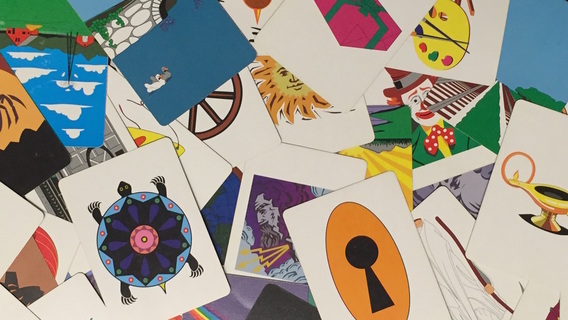
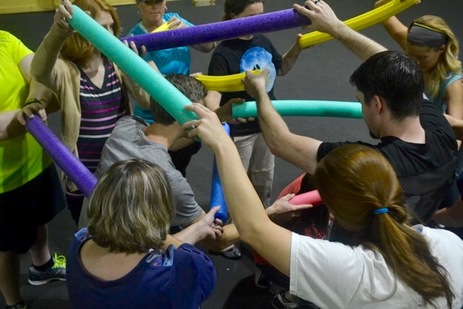
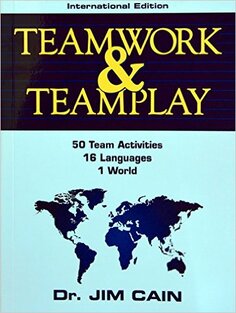
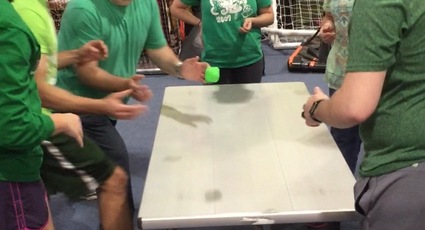
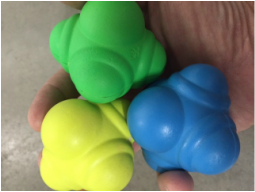





 RSS Feed
RSS Feed